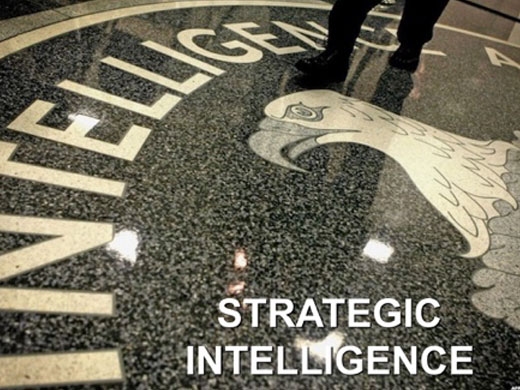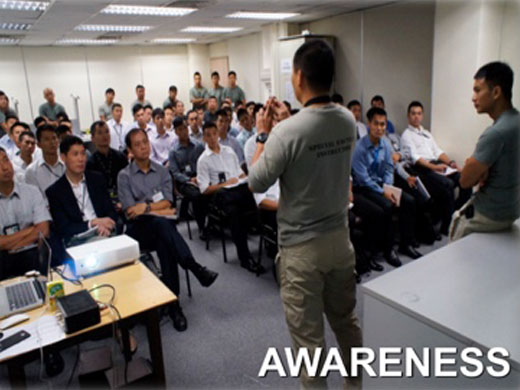Preparedness: Modern Terrorism Threats

Strategic Intelligence

Awareness

Training, Exercises and Drills
Responding to a terrorist incident or aftermath is a very difficult and complicated matter and it is essential that those required to
respond, particularly the decision-makers, fully understand what is required of them and how to maximize the effectiveness of the response. This can only be done through regular and
thorough training and exercises which, whilst time consuming and disruptive, ensures that everyone is better prepared to respond to any eventuality that might arise.

Target Hardening

Community Engagement
Whilst training and exercises focus primarily on the response by the authorities, it is still important that the public are kept up to
date with the threat (if any) so that they can take their own precautionary measures and that they are confident that the authorities are able to respond effectively to an incident and, more importantly, protect the public at large. The public can, and should, from time to time be involved in training exercises and can even assist the authorities to stress-test their plans with evacuation simulations, etc, that also involve the public.

Threat Levels
Currently, many countries are issuing threat levels for the information of the public but as some of these threat levels can remain in force for over a year, their value soon begins to fade as complacency sets in. Without specific intelligence to support a heightened threat level (anything at “Severe” or above), these should be used very sparingly and only for short durations. More effective would be a Readiness Level Alert that would put authorities on a heightened readiness level
to ensure a prompt and effecient response whenever the need arises.

Peter R. Morgan is the Director of Crisis Avert Ltd and spent over 33 years in law enforcement. He was closely involved in CT-response as Commander of the Police Crisis Negotiation Unit for 12 years, responsible for counter-terrorist incidents, public order negotiations, serious criminal and domestic crisis incidents as well as suicide intervention and barricaded situations. He is also the author of “Critical Issues in Crisis Negotiations”, available on Amazon. This article is adapted from a presentation given at the Asia Emergency Management Conference in May 2016. For more information, please contact Peter at prmorgan@crisisavert.com or visit www.CrisisAvert.com.
Would you like Peter to speak at your upcoming event or conference? Get in Touch!
If you’re interested in booking Peter for a future event, then get in touch directly to discuss details and arrangements using the contact form below:
